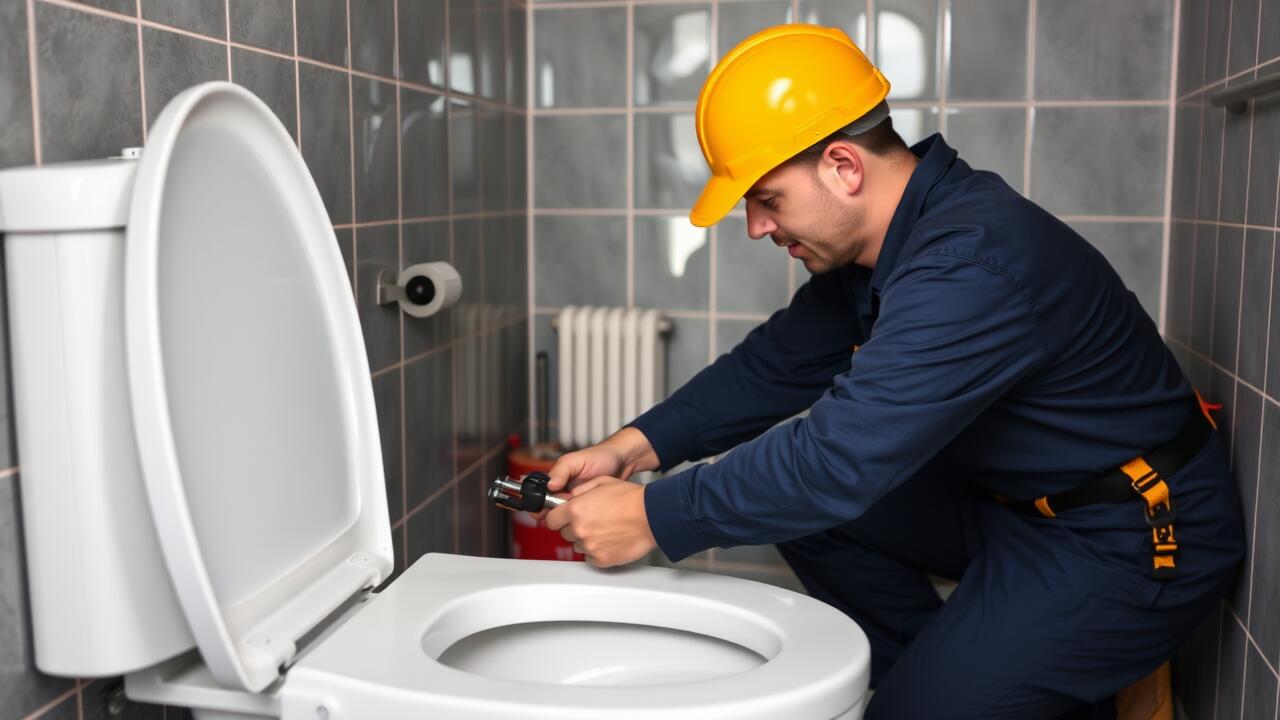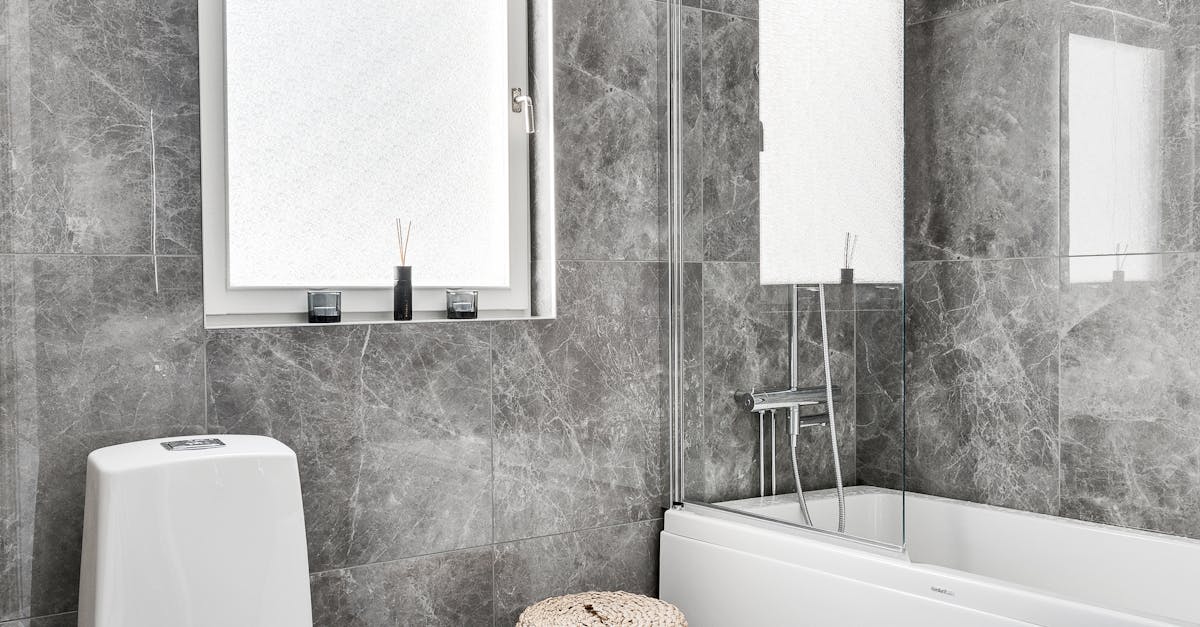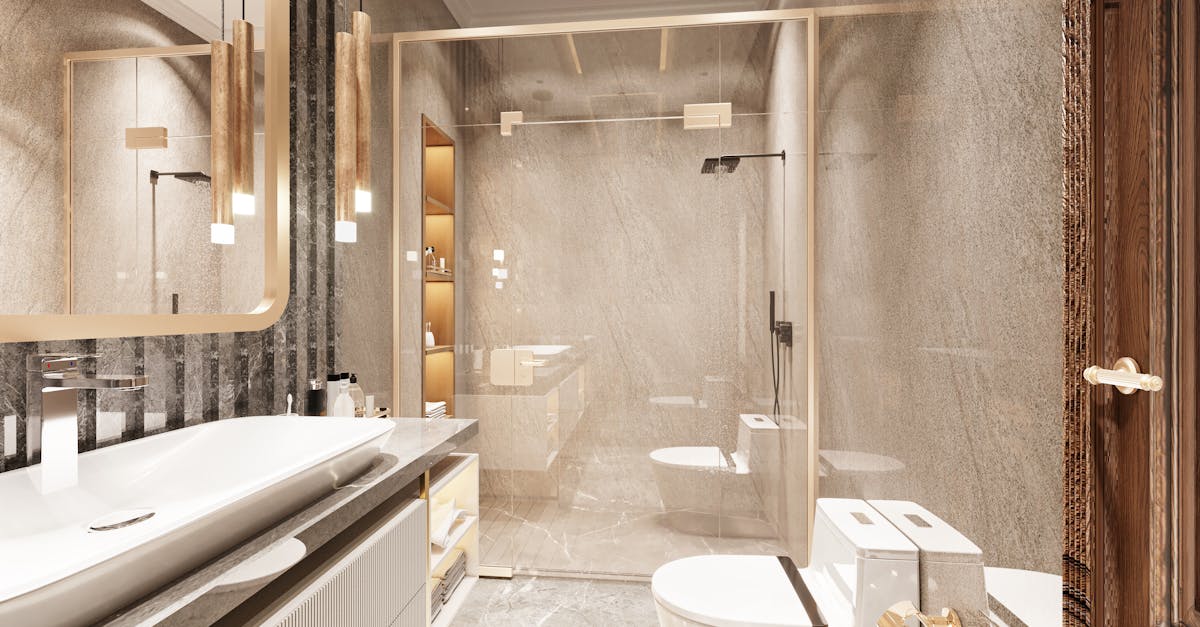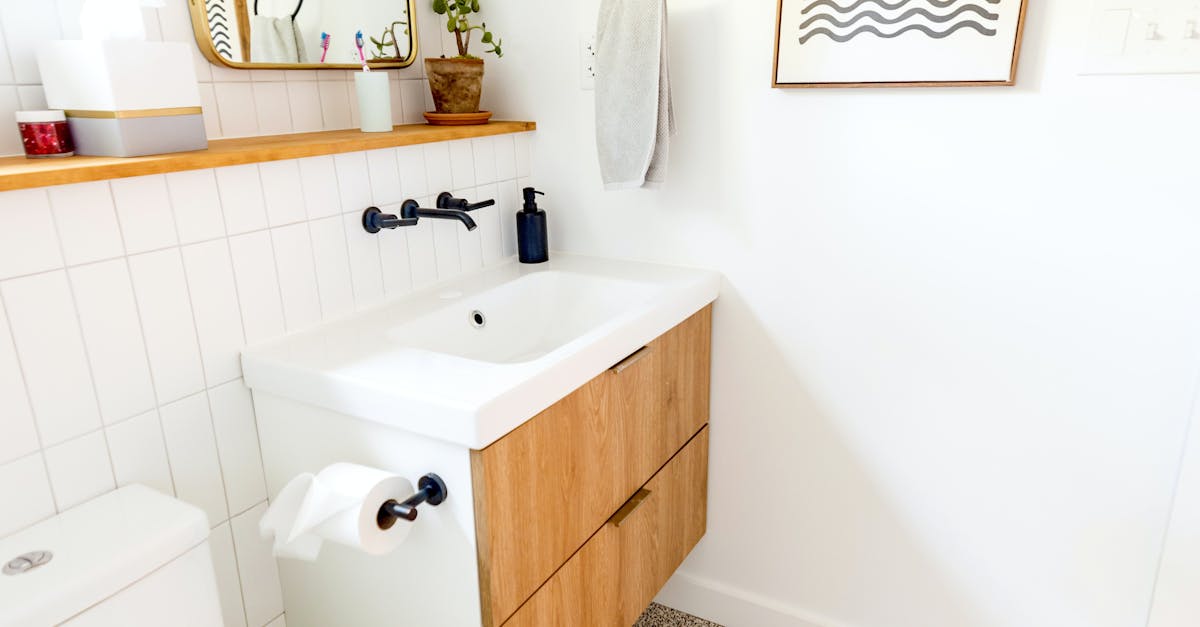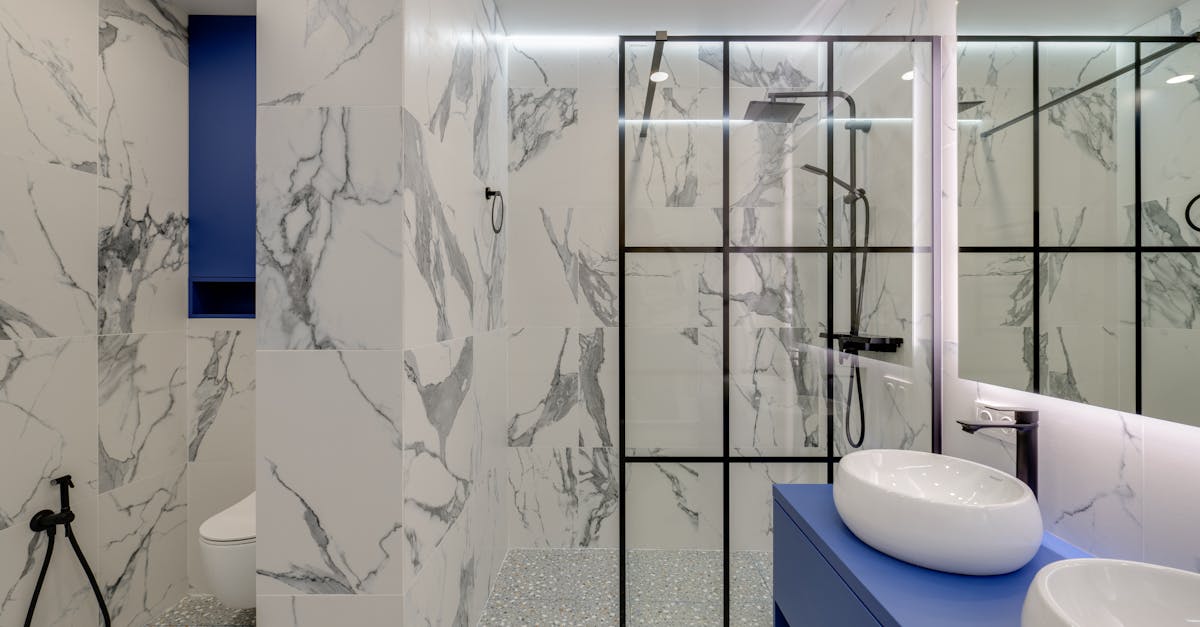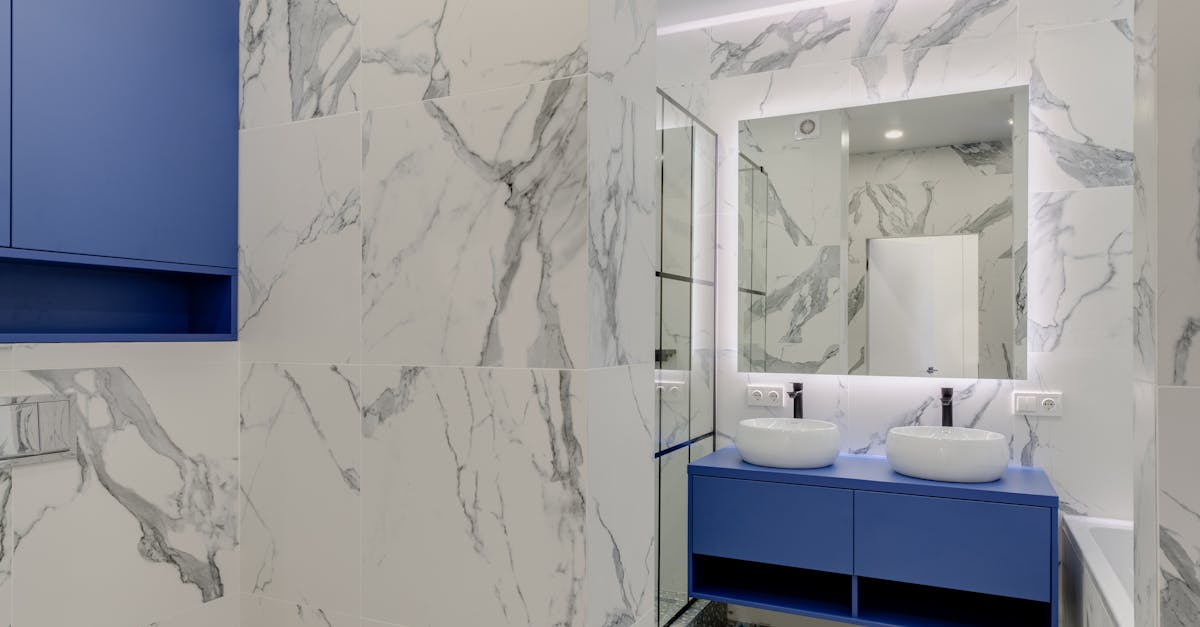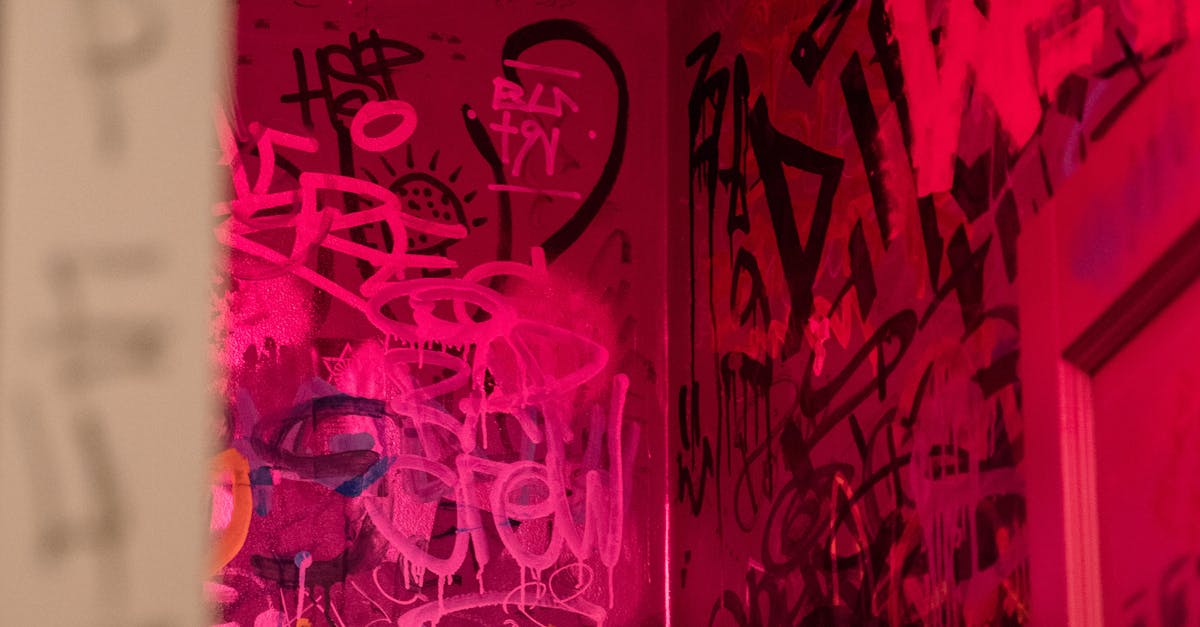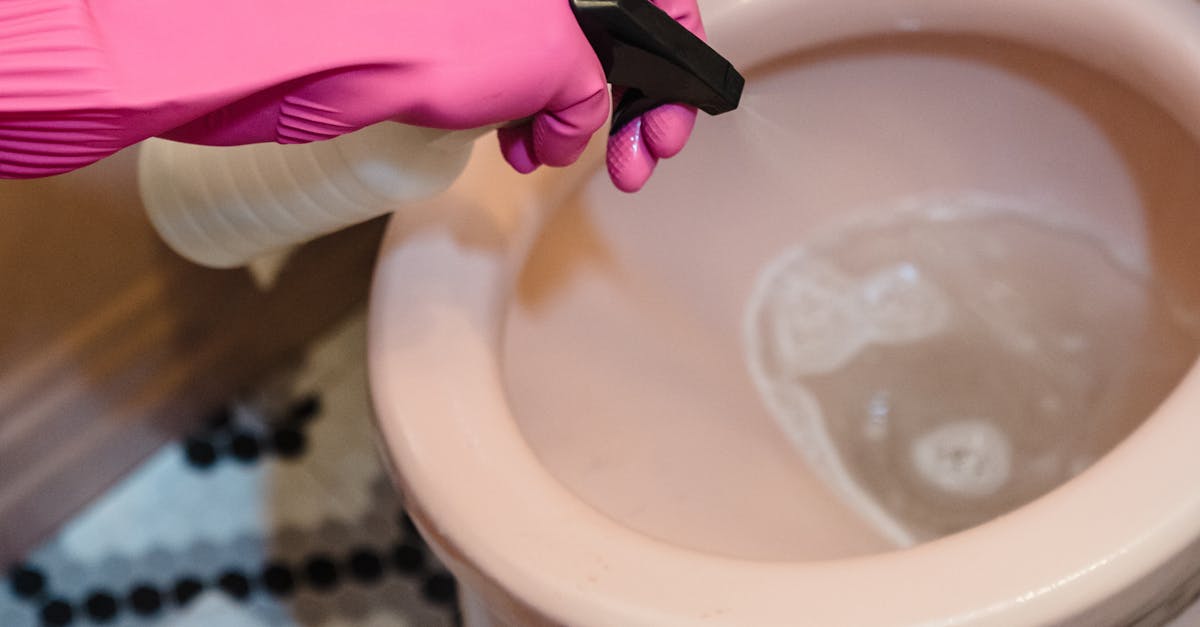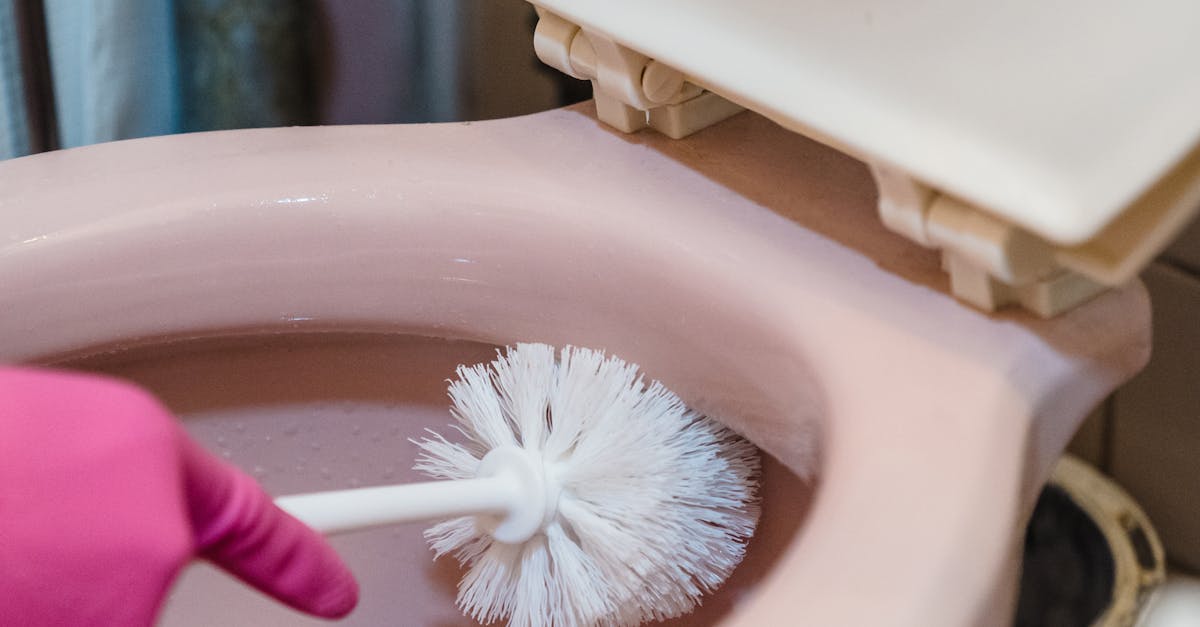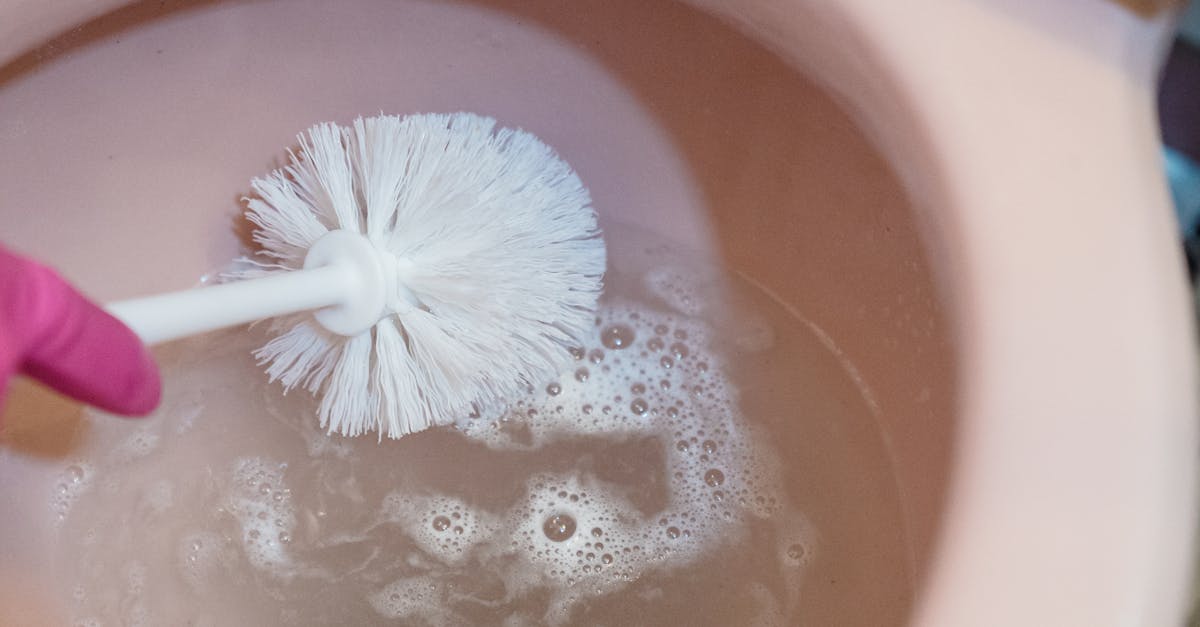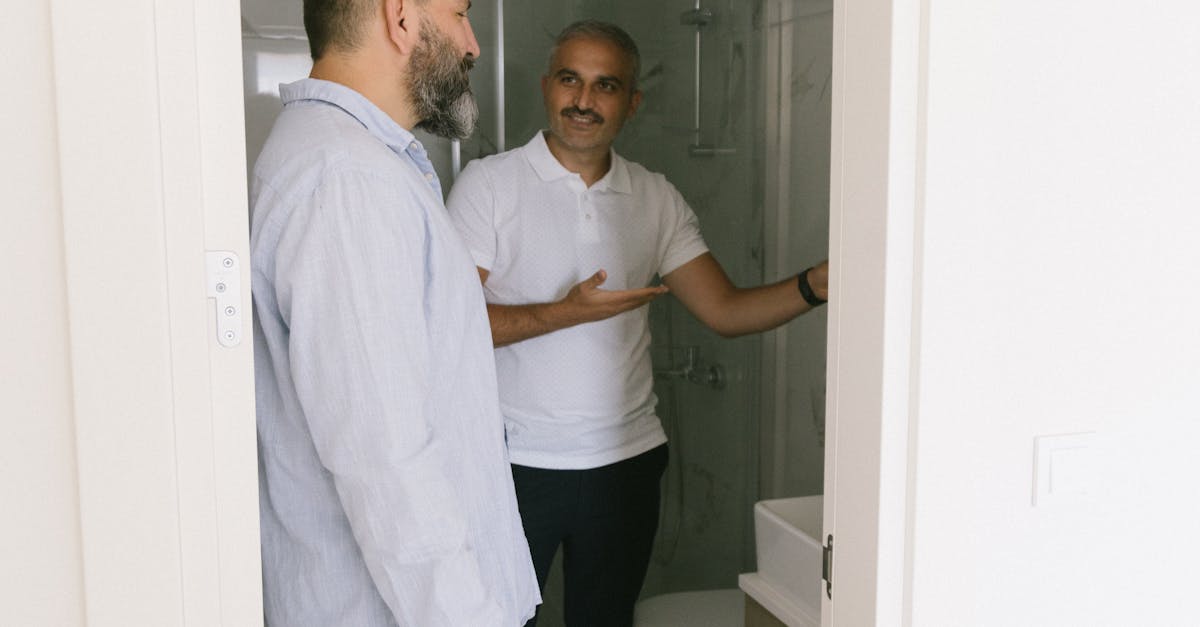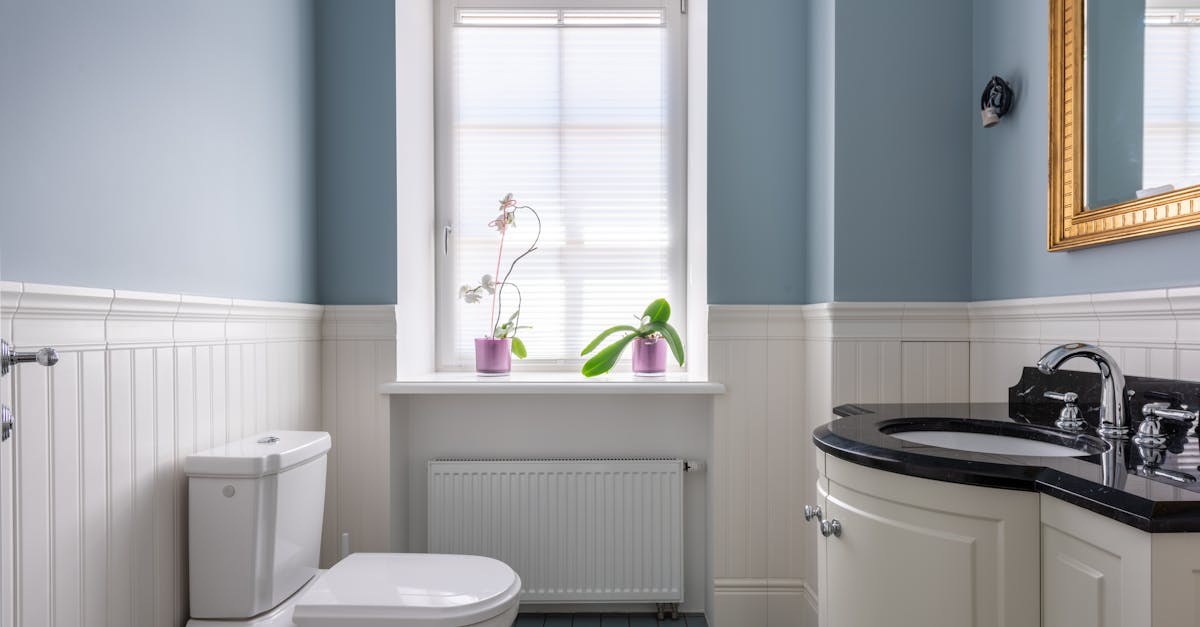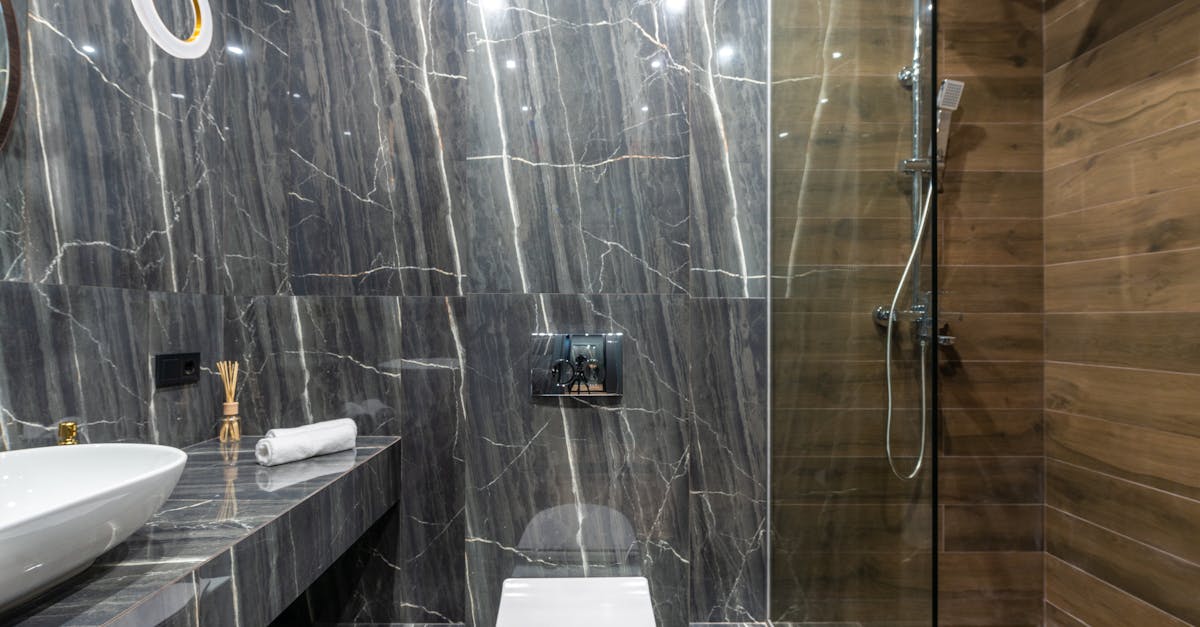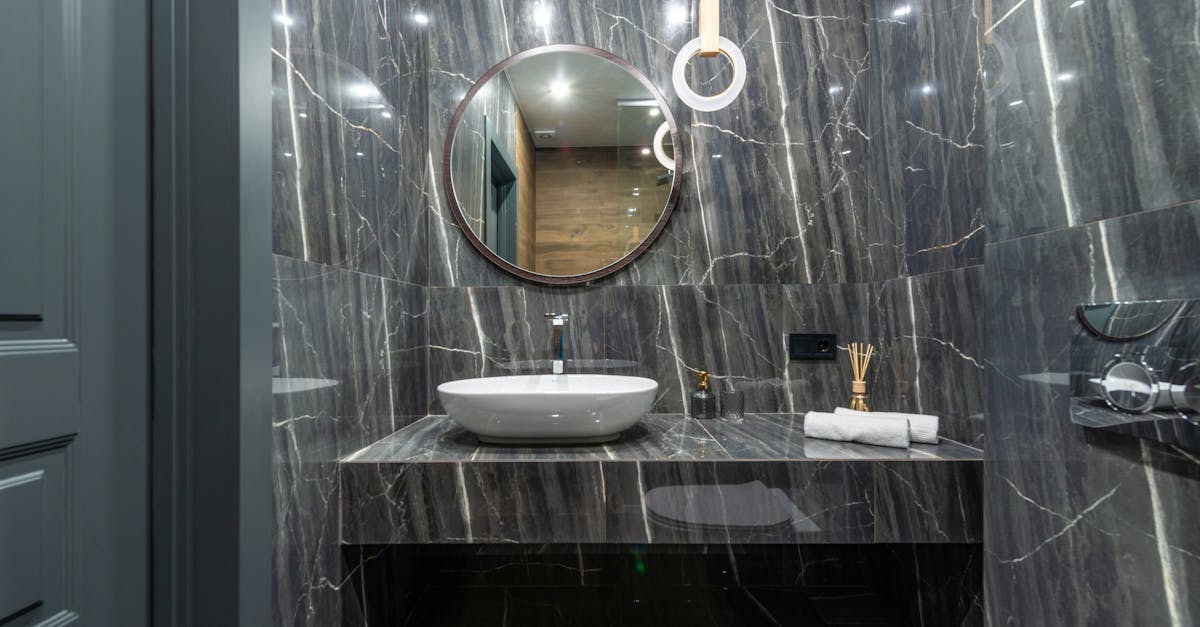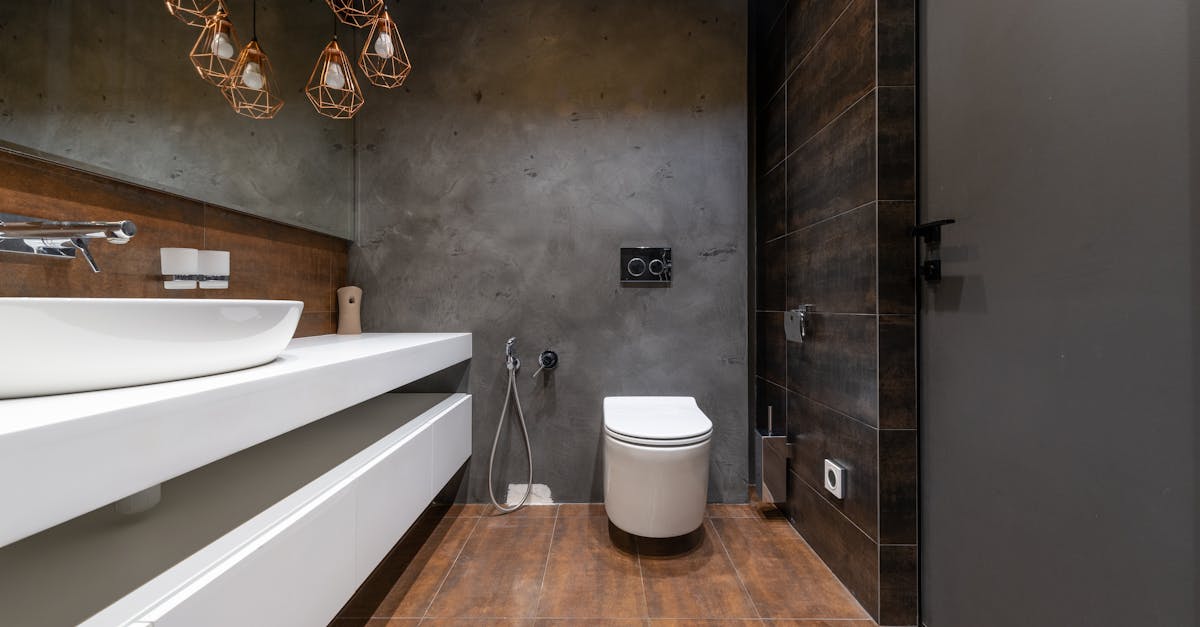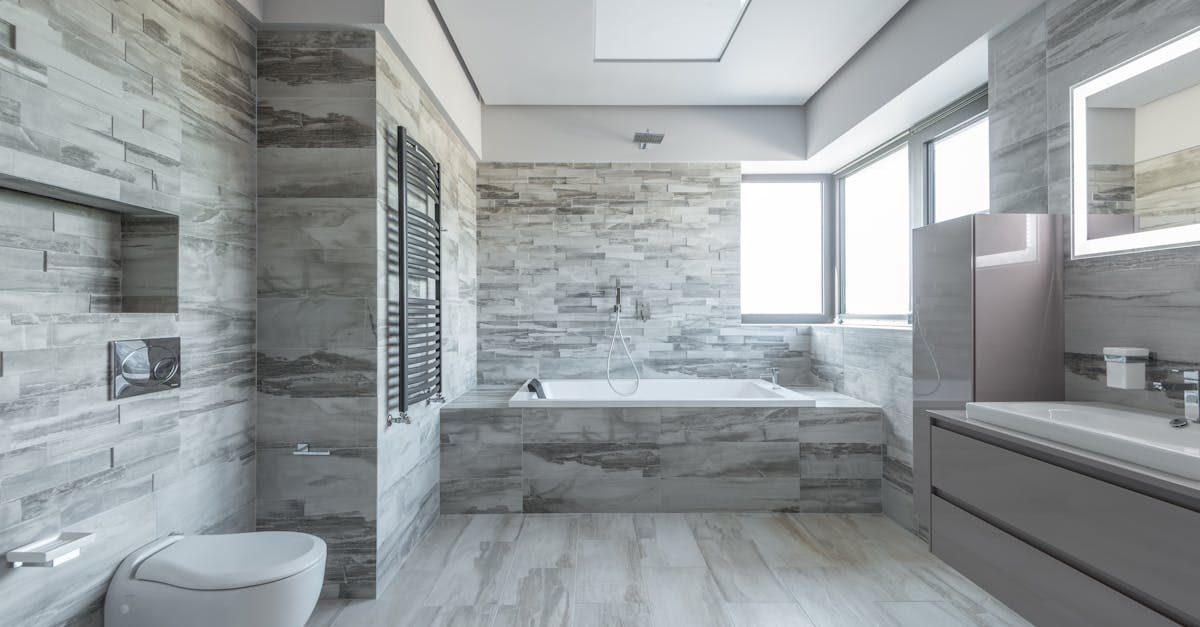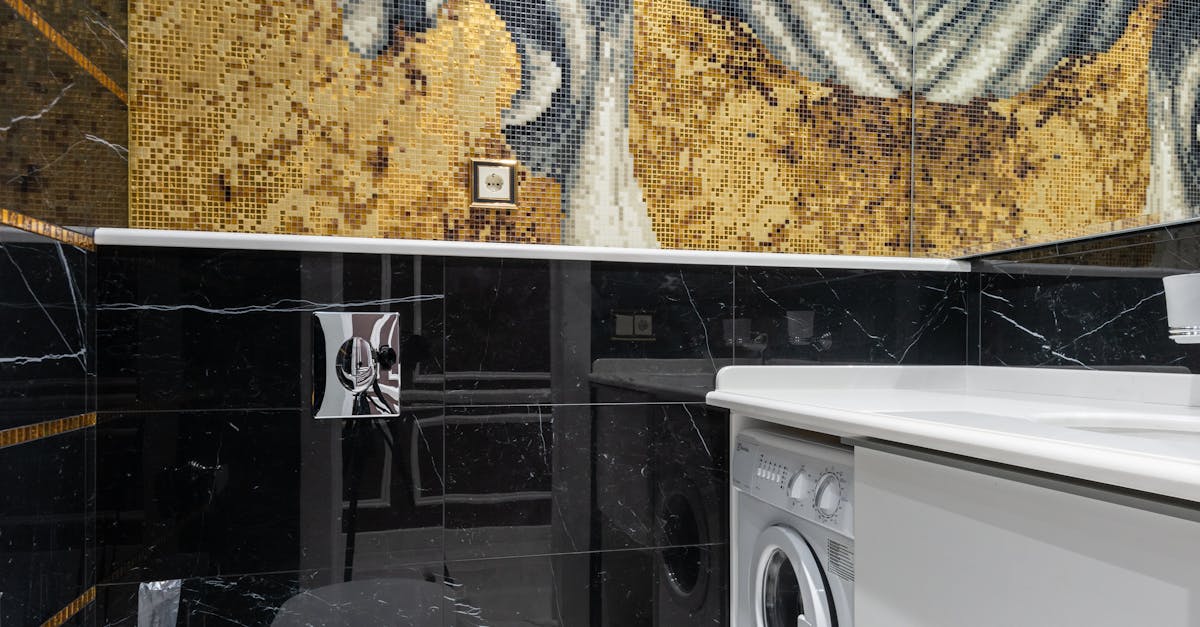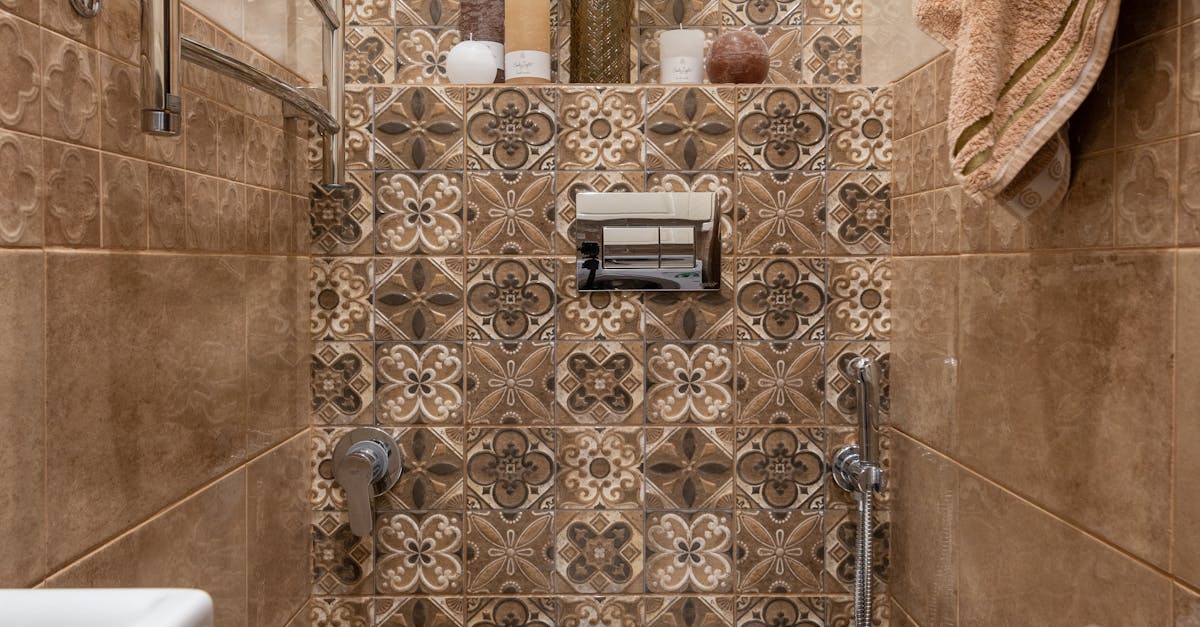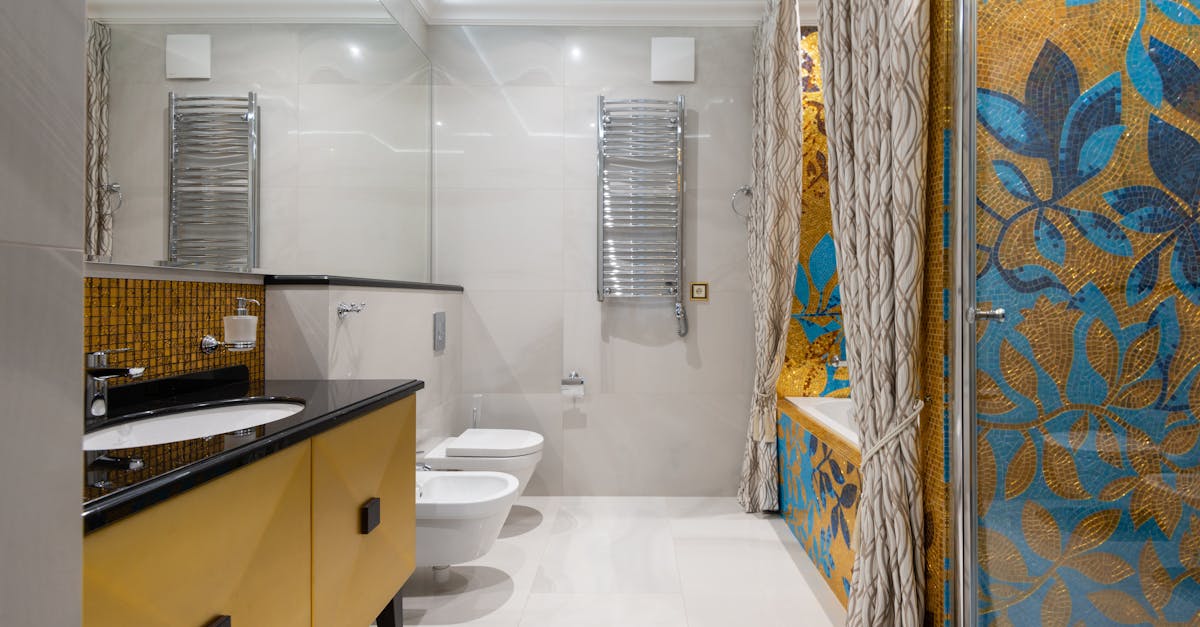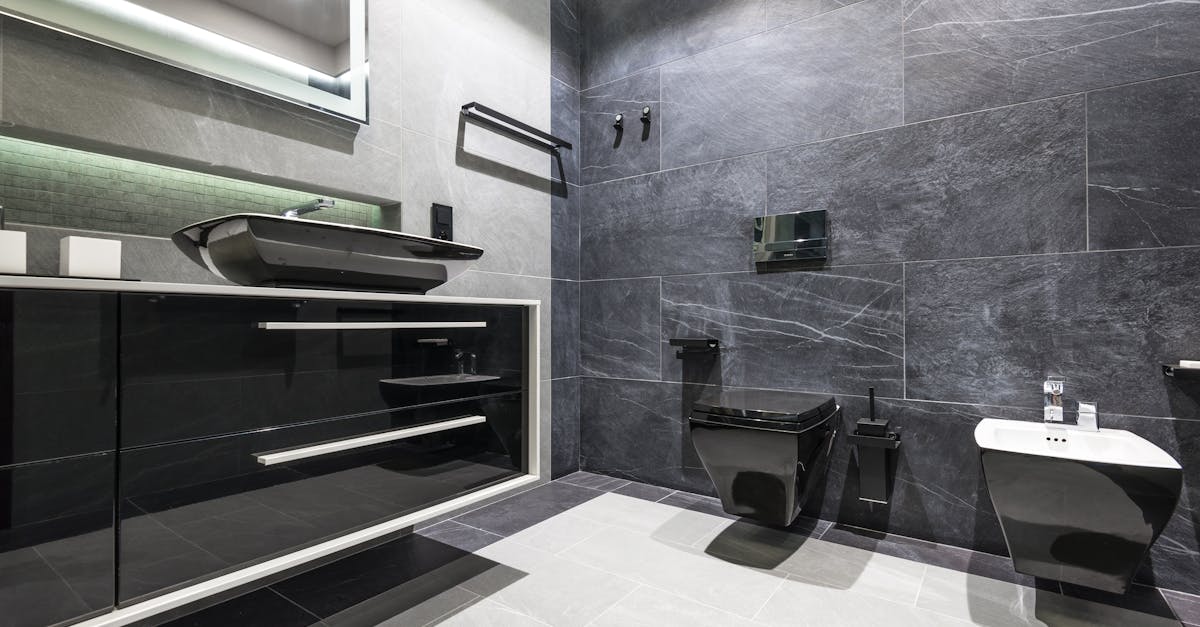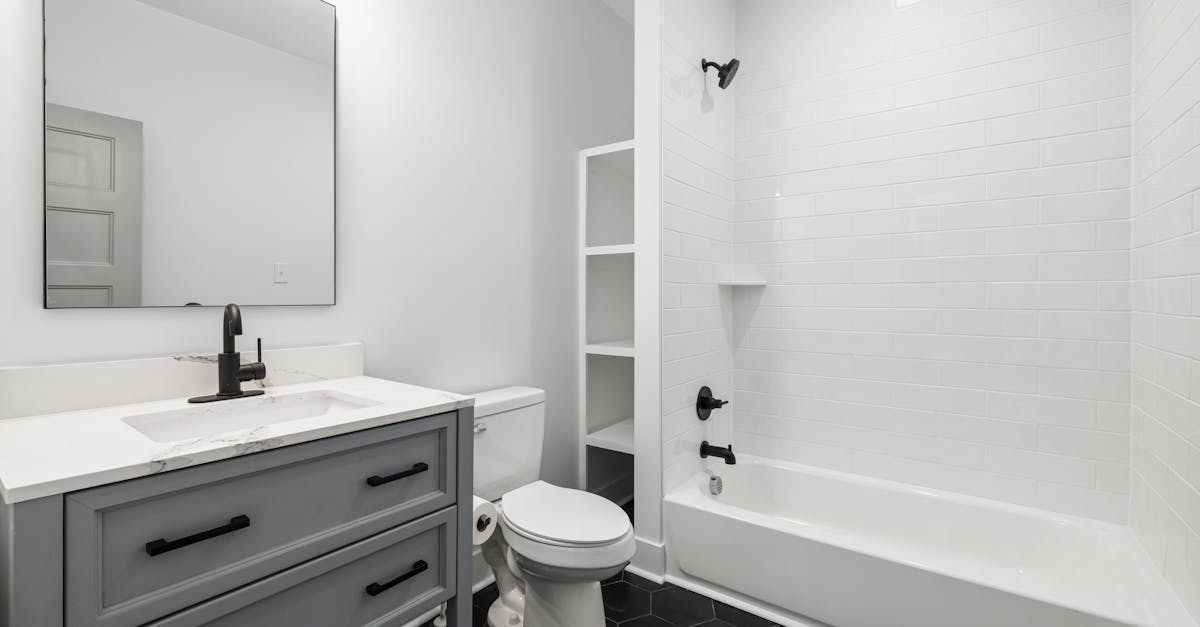
Table Of Contents
Low Water Pressure
Low water pressure is a common issue that can affect the flushing capability of your toilet. When the pressure is insufficient, it can prevent the cistern from filling adequately to create the necessary force for a successful flush. This can lead to frustration as the toilet appears to function properly yet fails to clear waste effectively.
If you suspect low water pressure is the culprit, it’s essential to examine your home's water supply system. Check for any visible leaks in the pipes or signs of a malfunctioning pressure-regulating valve. If you find that the problem persists, professional assistance may be necessary to conduct further toilet repairs or address issues within the broader plumbing system.
Investigating Your Home’s Water Supply
Checking the water supply to your toilet is crucial when it fails to flush properly. Begin by ensuring the stop valve, typically located behind or beside the toilet, is fully open. If this valve is partially closed, it results in restricted water flow, impacting the flushing action. Additionally, inspect the water supply line for any kinks or damage that may be hindering water entry. Insufficient water pressure can stem not only from issues with the toilet's internal components but also from broader plumbing problems within your home.
In some cases, the issue might originate from your home's water supply system. Water pressure that is too low can affect multiple fixtures, including your toilet. Investigate other taps around your house to determine if they are experiencing similar low pressure. Should you find that the entire system is underperforming, it may warrant professional assistance for repair. Understanding these factors is essential for effective toilet repairs, ensuring that your plumbing works efficiently.
Toilet Bowl Clogs
A toilet bowl clog doesn’t always manifest as a complete blockage. Sometimes, subtle blockages can develop over time, leading to inefficient flushing. These partial clogs can often be the result of debris build-up or a small object lodged in the trap, affecting the flow of water. Regular maintenance can help prevent these issues, but recognising the signs early is essential to avoid more complicated toilet repairs.
Identifying a subtle blockage involves inspecting the toilet for slow drainage or incomplete flushing. If the water level rises or only drains slowly, it may signal the need for further investigation. It is advisable to avoid using excessive force when attempting to unclog, as this might cause damage to the internal components, leading to more extensive toilet repairs. Instead, using appropriate tools and techniques can effectively resolve the issue without causing additional problems.
Diagnosing Subtle Blockages
Toilet bowl clogs can be tricky, especially when they are not immediately apparent. Subtle blockages may occur due to the accumulation of debris or build-up within the trapway or rim holes. Even a small obstruction can disrupt the flow of water during a flush, leading to incomplete eliminations. Such issues may not present as overtly clogged toilets, yet they can significantly impair flushing efficiency.
Addressing these subtle blockages often requires careful inspection. Using a flashlight, examine the rim holes for deposits or mineral build-up that may have reduced water flow. Additionally, a toilet auger or a similar tool can help dislodge any hidden obstructions. In some cases, if the problem persists, it may be wise to seek professional toilet repairs to ensure a thorough resolution.
Incorrectly Installed Components
Issues with toilet performance can sometimes stem from incorrectly installed components. If any parts within the system are not properly fitted, they might fail to function effectively. Common culprits include the flush valve, flapper, or fill valve. When these components are askew or not securely attached, they can interfere with the flushing process, leading to persistent issues with the toilet.
To ensure everything is correctly aligned, conducting a thorough inspection is essential. Take the time to check each component for proper installation. If you're not confident in your ability to assess these parts, seeking professional assistance for toilet repairs might save you time and frustration. A qualified plumber can identify installation errors and make the necessary adjustments to restore proper function.
Checking for Proper Installation
When addressing issues with a toilet that won't flush, it’s crucial to examine whether all components are installed correctly. A misaligned flush valve or improperly seated flapper can prevent water from entering the bowl effectively. Even slight deviations during installation may lead to inefficient flushing. Ensure that any seals are intact and that the components are fitted according to manufacturer specifications. This attention to detail can make a significant difference in how well the toilet functions.
In some cases, DIY toilet repairs may inadvertently result in parts being mismatched or incorrectly assembled. It's important to review the installation of the tank and the connections that facilitate water flow. Loose connections can hinder proper operation, reducing water pressure and leading to flushing difficulties. Regular maintenance checks can help to identify these installation issues before they become major problems, ensuring optimal toilet performance.
FAQS
What should I do if my toilet is not flushing even though it's not clogged?
If your toilet isn't flushing, start by checking for low water pressure, examining your home's water supply, and ensuring that all components are correctly installed. If these do not resolve the issue, consider investigating for subtle blockages in the toilet bowl or the plumbing.
How can I check if low water pressure is the cause of my toilet not flushing?
To check for low water pressure, observe other fixtures in your home. If they are also experiencing low pressure, the issue may be with your home's water supply. You can also check the shutoff valve behind the toilet to ensure it is fully open.
What are some signs of subtle blockages in the toilet bowl?
Signs of subtle blockages can include slow drainage after flushing or incomplete flushing. If the water rises higher than normal in the bowl without fully draining, this may also indicate a blockage that is not easily visible.
How do I know if the toilet components are incorrectly installed?
Check that the tank is properly seated on the toilet base, all connections are tight, and the flush valve and flapper are functioning correctly. If you notice any misalignments or loose fittings, you may need to reseat or adjust the components.
Is it necessary to call a plumber if my toilet is not flushing?
If you have checked for water pressure, blockages, and installation issues without finding a solution, it may be a good idea to call a plumber. They can diagnose more complex plumbing issues that might be affecting your toilet’s flushing ability.
